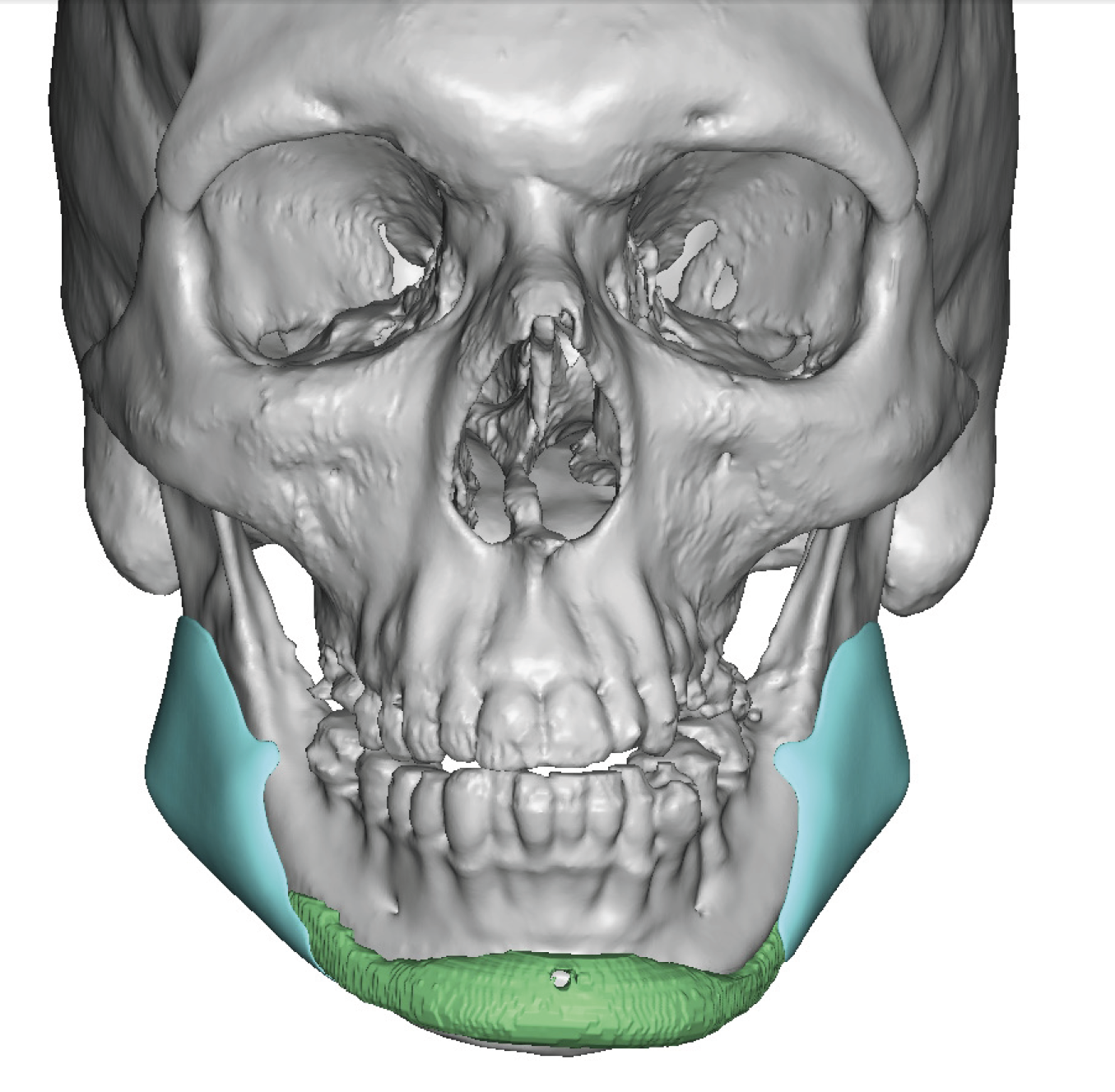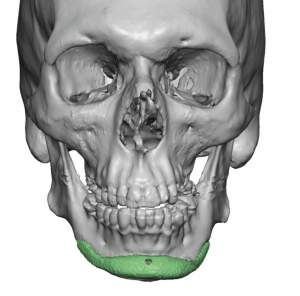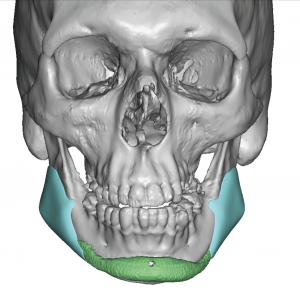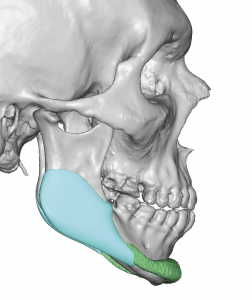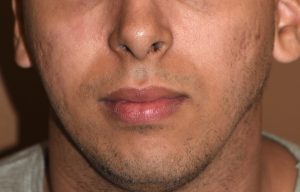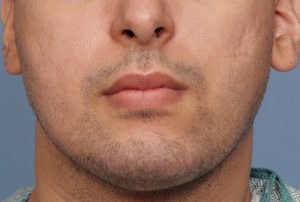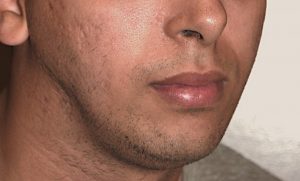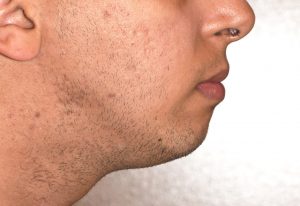Background: Chin implants are the most common facial augmentation procedure and has been so for over half a century. It is easily the most visible part of the lower face and weaknesses of it adversely affect one’s profile and the appearance of the shape of the neck. Because of the powerful aesthetic effect of chin augmentation it has been called one of the best of all aesthetic facial procedures. (when surgical time vs aesthetic benefit is compared)
Because the chin is the most projecting point of the lower face and is a singular structure, getting a satisfying aesthetic augmentation result with a standard chin implant is usually possible. But it is not rare that a good chin implant result can make the rest of the lower jaw behind it look deficient. This is particularly true in more significant chin deficiencies because the underlying problem is an overall lower jaw deficiency.
When considering jawline augmentation behind the chin it is important to remember that this is a bilateral or paired part of the lower jaw. It also occupies a far greater surface area than that of the chin comprising 2/3s of the lower jaw structure. Thus every jaw angle augmentation is really two separate operations that are not structurally connected and often have bone shapes that are not identical. (natural asymmetry) This is particularly true when there is any significant lower jaw underdevelopment. This raises the question os whether standard or custom jaw angle implants should be used.
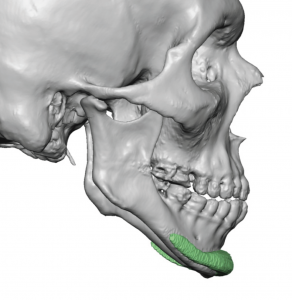
Bilateral custom jaw angle implants were designed to correct both the asymmetry as well as merge into the tails of the existing chin implant.
The custom jaw angle implants were subsequently placed under general anesthesia through posterior vestibular incisions with percutaneous screw fixation.
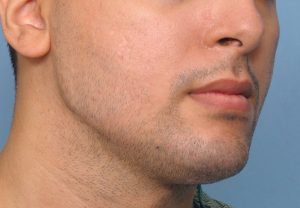
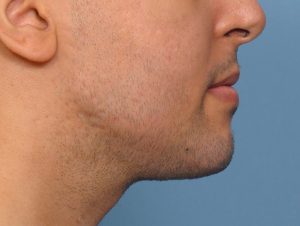
Case Highlights:
1) An initial first stage chin implant can lead to a second stage jaw angle implants to create a total lower facial augmentation effect.
2) While a standard chin implant can work well for many chin deficiencies because it is a solitary projecting point, the paired jaw angle regions are often asymmetric and achieving good symmetry can be difficult using standard jaw angle implants.
3) Getting the anterior ends of the jaw angle implants to merge smoothly with that of the chin implant requires a custom jaw angle implant design approach.
Dr. Barry Eppley
Indianapolis, Indiana

